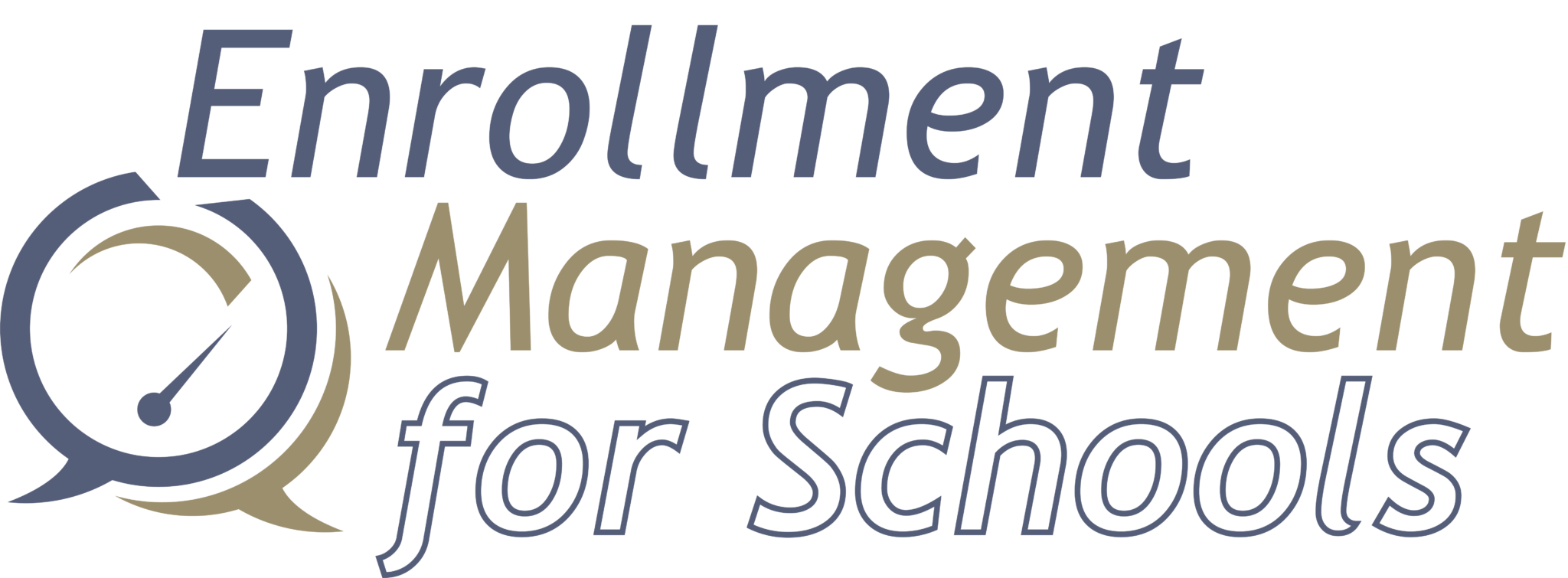Full-pay families can pay the total cost of private school tuition and fees; non-full-pay families may be able to pay a portion of the tuition and fees, but they also require support from your school’s financial aid program or an outside source.
Some people believe that the expectations of the full-pay and the non-full-pay families are identical. They think that these families can be marketed to in the same way– the one glove fits all approach. But the corporate world doesn’t support this position. They often spend billions of dollars to analyze the attitudes, behaviors and choices people make; this information gives them the tools to target who they want. Take a company like Ferrari for example – you wouldn’t expect their research and challenges with their customers to be the same as those of a company like Ford or Toyota. Ferrari must understand the expectations and desires of a customer who is able and willing to part with $250,000 or more for a vehicle, as opposed to a consumer in the market for a much less expensive vehicle.
Various groups do studies on understanding the consumer. A system I have found to be the most helpful and affordable is provided by Experian called Mosaics. During The Five Pillars workshop we take a look at some of these Mosaic categories along with data I have collected – this information shows you the importance of differentiating the full-pay segment from the non-full-pay segment of your market.
Two factors that contribute to the need to target full-pay families in a different way are:
1. Supply and demand. In most of our schools these families are a specialty which means they are in limited supply (you have probably seen the data and it is why you are reading this blog.) Estimates show that less than 8% of our population can afford the required tuition at independent schools, yet they make up 70—85% of the enrolled student body. Full-pay families quickly figure out if they are perceived by you as a commodity or a specialty – in most cases, they are thought of as a specialty, and as such, schools will want to market to them differently.
2. They are not easily impressed. Many of your potential full-pay families live in the best school districts; their expectations are typically higher than those of families living in districts with average public schools. Full-pay families are not easily impressed. When they come to your schools, they want to be amazed! Their baseline expectations start higher. Take a look at all the complimentary correspondence you have received from families about your impressive program. Not counting the international students (if you have any,) how many of these notes/letters were received from prospective full-pay families versus non-full-pay families? My guess is that the majority of these compliments came from the non-full-pay families. The full-pay have high expectations.
Of notable interest, but less obvious, is that your full-pay families may differ from one another. The family from a large metropolitan area often has different expectations regarding what is important or valuable to them versus a family from rural Vermont. Among your population, you may discover that you can yield one type of full-pay family more effectively than another. What implications will this have for your marketing efforts?
There is a difference between the full-pay and non-full-pay families. Because of this distinction, your approach has to be different, and your resources need to target the group you need the most – full-pay families. During The Five Pillars workshop, we will focus on the needs of the full-pay families and have a discussion about how they are different from the non-full-pay families. Participants will gain a better understanding of why and how marketing to full-pay families is imperative for their school’s continued success.
